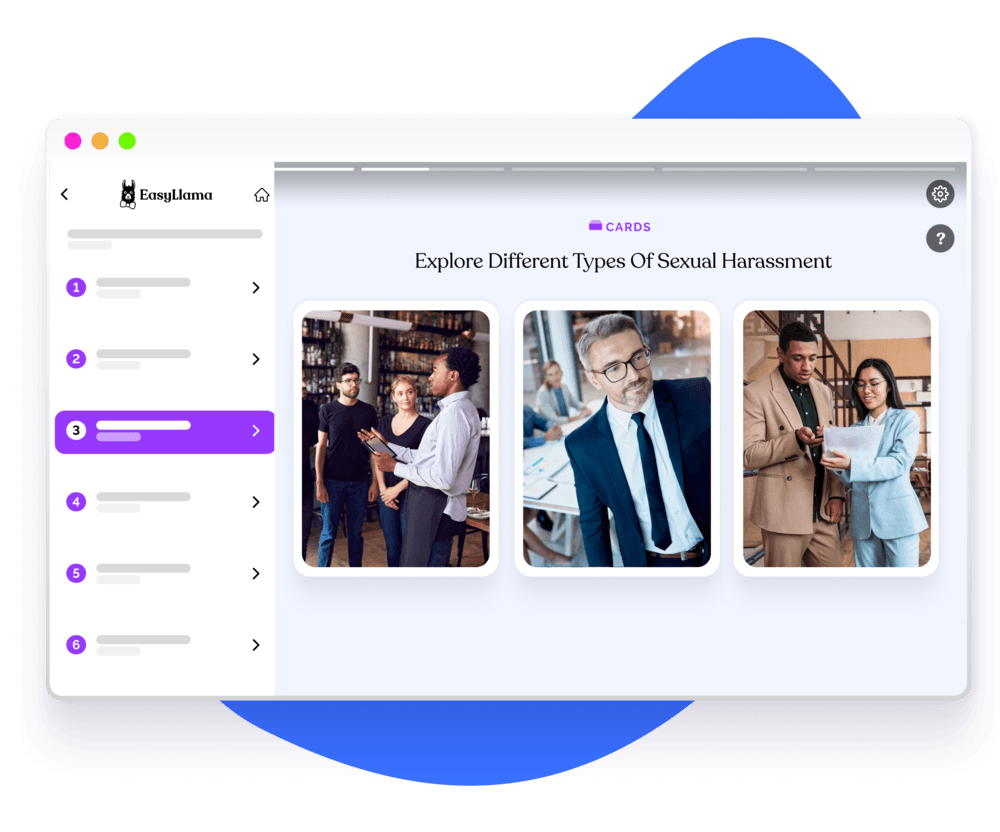Third-Party Harassment
This chapter covers topics such as the different types of third-party harassment, the effects it can have, and what people can do to protect themselves from it. We will also provide an overview of the legal implications of third-party harassment and the steps people can take to address it.

How does Third-Party Harassment Occur?
Third-party harassment occurs when a person, who is not a direct participant in an altercation, becomes involved in it. This can range from making derogatory comments about one of the participants to actually joining in on the altercation. It can also happen when someone encourages another person to engage in harassing behavior, either through verbal or non-verbal cues. Additionally, third-party harassment can occur when someone makes comments or gestures that are meant to incite further harassment or intimidation from another person.

Impact of third-Party Harassment In the Workplace
Third-party harassment in the workplace can have serious repercussions for both the employer and the employee. It can lead to a hostile work environment, reduced morale, lower productivity, and even potential legal action. It can also lead to decreased job satisfaction, increased turnover, and high rates of absenteeism. Additionally, it can damage an employer’s reputation in the community and weaken relationships with customers or suppliers.

Preventing third-party harassment in the workplace requires a comprehensive approach that includes clear policies, effective training, and prompt responses to complaints. Some best practices for preventing third-party harassment in the workplace include:
Employers should have a process in place for receiving and responding to complaints of third-party harassment. Complaints should be taken seriously, investigated promptly, and appropriate action taken to prevent further harassment.
Training should be provided for employees to help them recognize and respond to third-party harassment. Training should also include information on the employer's policies and procedures for reporting and addressing harassment.
Employers should have a clear policy that prohibits third-party harassment and sets out the steps employees can take to report such behavior.

Where Can Third-Party Harassment Take Place?
Third-party harassment can take place in any setting where communication is possible. This includes physical locations such as schools, workplaces, and public spaces, as well as virtual locations such as websites, forums, and social media platforms. Third-party harassment can be verbal, written, or physical in nature, and can range from subtle comments to obvious threats. No matter where it takes place, it is important to remember that third-party harassment is never acceptable and should be addressed immediately.
Who could be potential third-party harassers in the workplace?
Harassment in the workplace can take many forms, including third-party harassment. Third-party harassment involves people who are not directly employed by the company, but who interact with the company in some capacity. Here are some to keep a look out for:
Here are some myths to look out for:
- -
Suppliers
- -
Contractors
- -
Competitors
- -
Customers
- -
Vendors
- -
Former/Temporary Employees
- -
Delivery People

Promote a workplace free from third-party harassment through employee education
Third-party harassment training provides a valuable service to organizations, as it helps to create a culture of respect and acceptance by educating employees about acceptable and unacceptable behavior in the workplace. Harassment training helps to create a safe and productive workplace for all employees, and can help to reduce the risk of discrimination and other forms of harassment. It also helps to foster a culture of mutual respect, which can lead to increased productivity and job satisfaction.

Helping over 8,000 organizations create a safer, more productive workplace
Sexual Harassment prevention is an essential training course to ensure that employees are aware of their duty to report any behavior of a sexual nature that is unwelcome. The course covers:





















